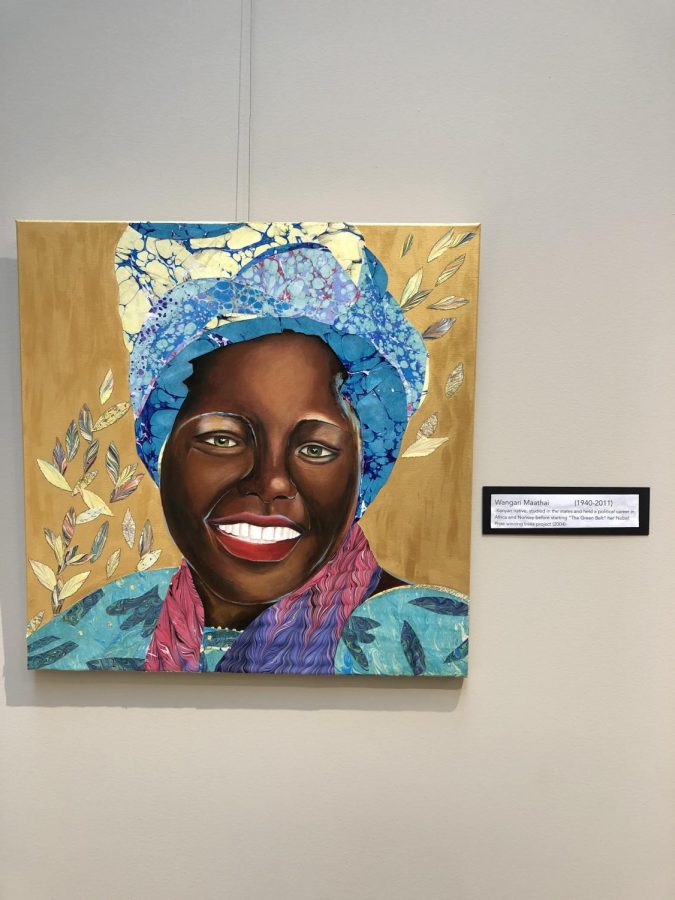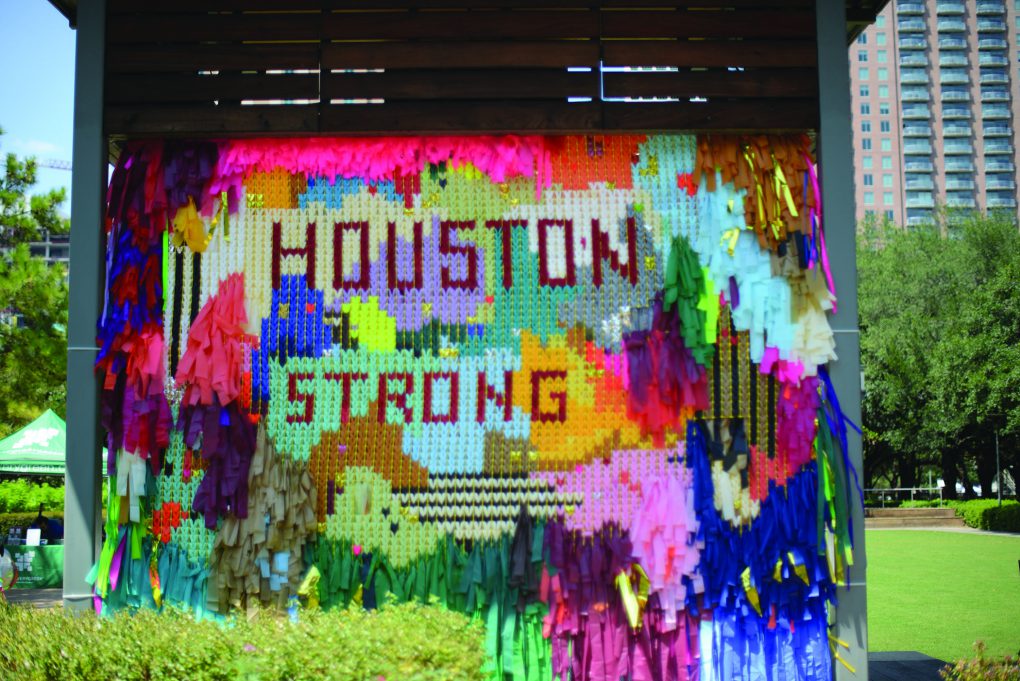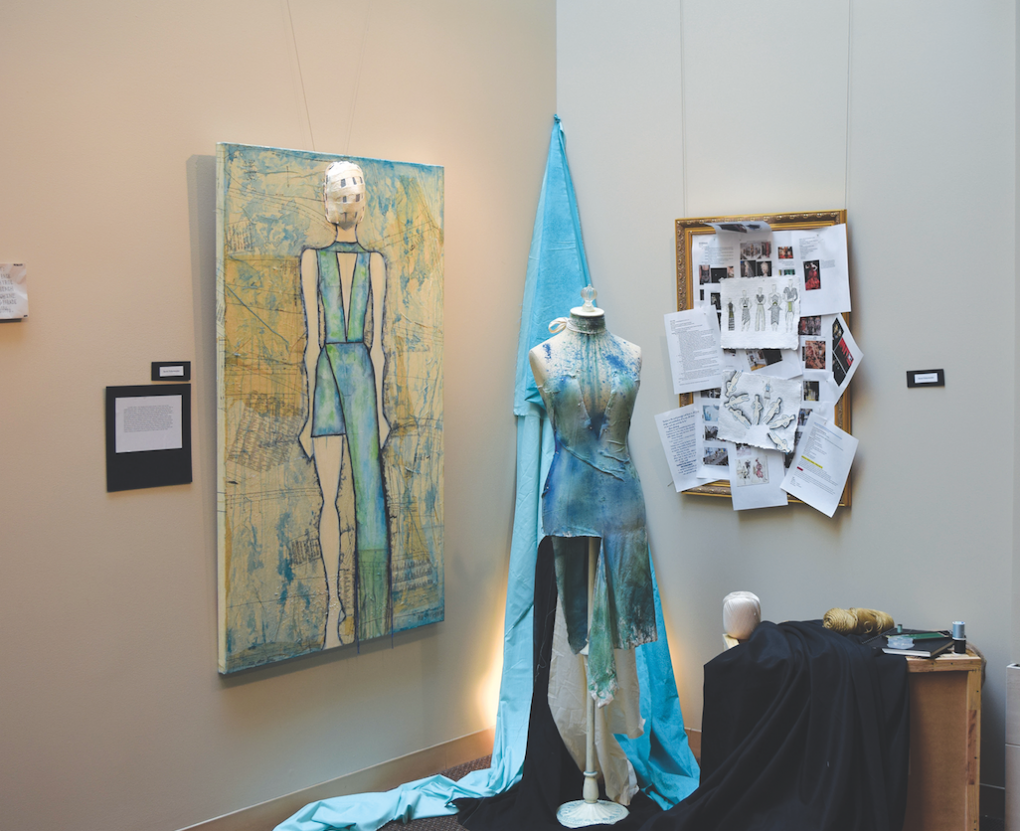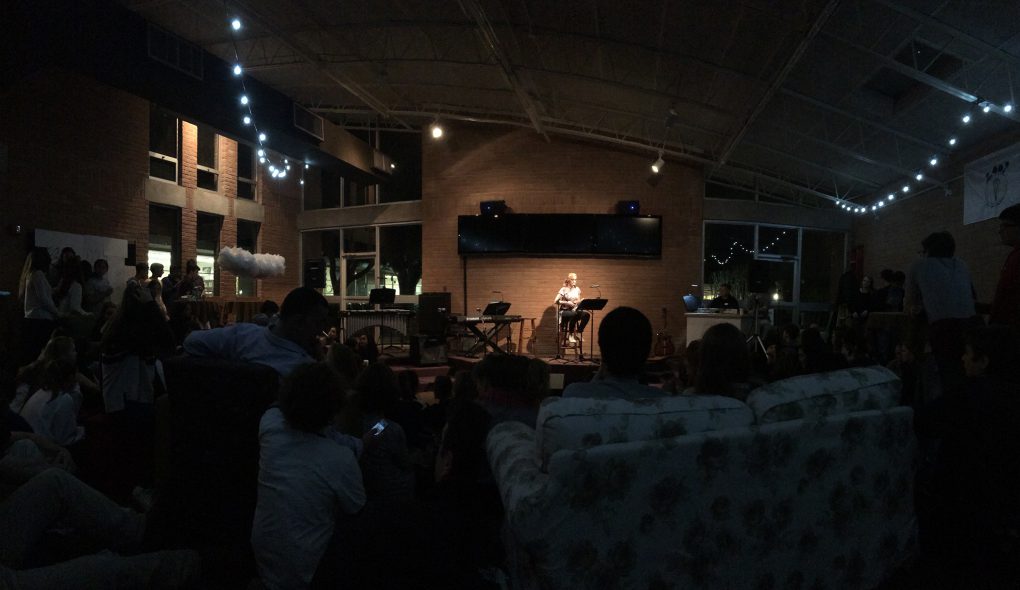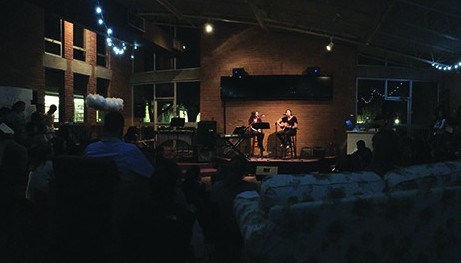[dropcap]A[/dropcap]t Culture Fest earlier this month, an array of colorful bowls spanned the length of the Falcon Empty Bowls table. These bowls, designed and created by Ceramics Club members as well as students taking a Ceramics class, have a greater purpose than mere decoration. Each custom bowl is intended to symbolically represent someone who is hungry in the surrounding Houston community. Proceeds from their sale go to benefit the Houston Food Bank.
Ceramics students have been hard at work preparing bowls for the culmination and highlight of the club’s service project, Falcon Empty Bowls. Next Wednesday, April 26, the club is holding a Feed Supper for the first time in the Quad, where Kinkaid students and faculty are invited to join the club members for a simple dinner and learn about the hungry and homeless. For $15-20 dollars, based on the quality and size of the bowl selected, the bowl will be filled with soup for the supper. After the meal, diners will be able to take the bowl home.
“The empty bowl sitting at home serves as a reminder and bring awareness to hunger and homelessness,” said Sophia Solé (12), president of Ceramics Club.
With the support of their Ceramics teacher, Mrs. Luiza Grandchamp, Solé has assumed leadership and organization of Falcon Empty Bowls, a micro-chapter of the nationwide grassroots effort, Empty Bowls. Not only is Solé president of the club and director of the Feed Supper, but she is also the lead contributor in making bowls for the event.
“Everyone in Ceramics, regardless of level, makes and donates at least one bowl, but Sophia has made by far the most bowls and the best quality bowls,” Mrs. Grandchamp said.
Around 40 bowls, which were judged and selected by Solé and Mrs. Grandchamp, will be offered for purchase at the Feed Supper.
“For a bowl to be selected for the supper, it must have even walls, perfect form, it must be thin, and the bottom must be light,” Mrs. Grandchamp said.
Making the bowls is not a short process, usually taking six days to make each individual bowl. After two days of forming the bowls, they are thrown into the kiln, where they stay in extreme temperatures for 24 hours. The next stage, the glaze, takes another one or two days. After the glaze is applied to the bowl, it is placed back into the kiln for another 24 hours. With creating the bowls being such a lengthy process, the students and club members of ceramics have been preparing for the Feed Supper all year.
Caroline Moseley (10), who has contributed four bowls to the supper, emphasized the precision and hard work that goes into creating each bowl.
“You have to wait the perfect amount of time to trim them, then fire them, and the temperatures are very specific,” Moseley explained. “There’s a lot of effort, which is what makes them so valuable and really great pieces of art. Because you know that every piece you’re getting, someone put so much time and energy into making that bowl.”
Empty Bowls, launched by a diverse group of contemporary artists and craftspeople, helps support and feed the homeless in their surrounding communities. Cities around the state of Texas have shown massive support for the cause, with Austin, Dallas, and Houston being some of the biggest markets for Empty Bowls.
In Houston specifically, there are a wide variety of chapters involved in Empty Bowls. People all over Houston create hundreds of one-of-a-kind bowls, which are offered for sale each year at an event sponsored by Whole Foods and the Houston Food Bank. Last year, Falcon Empty Bowls participated in the event for the first time, donating 30 pieces to the cause and raising money for the Houston Food Bank.
Out of the 100 pieces which were available at Culture Fest, the club sold over half of them, raising $300 for the Houston Food Bank to raise awareness for hunger.



